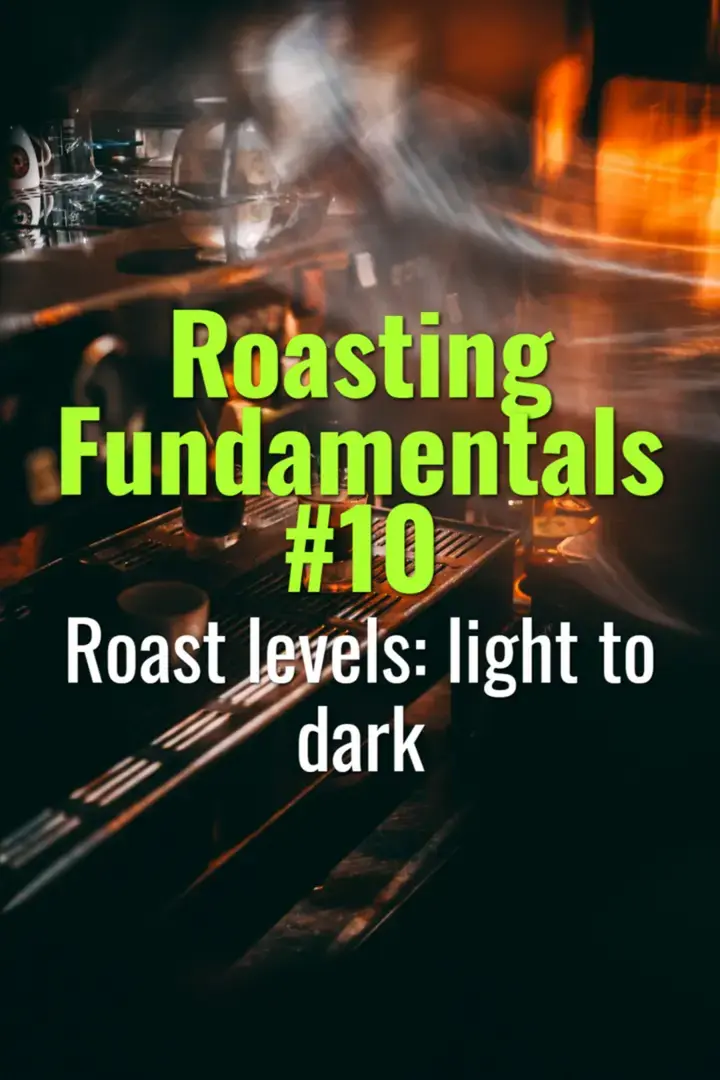Roast levels: light to dark
This topic examines the spectrum of roast levels, from light to dark, and how each affects coffee flavor, aroma, and body.
- Coffee Basics Nerds
- 1 min read

Key Concepts
-
Light Roasts:
-
Internal temperature: 196–205°C (385–400°F).
-
Retains origin characteristics, high acidity, bright flavor notes.
-
Minimal caramelization; sugars less developed.
-
Medium Roasts:
-
Internal temperature: 210–220°C (410–430°F).
-
Balanced acidity and body, more sweetness.
-
Maillard reactions dominate, developing caramelized flavors.
-
Medium-Dark Roasts:
-
Internal temperature: 225–230°C (437–446°F).
-
Increased body and chocolatey notes.
-
First crack complete; sugar development peaks.
-
Dark Roasts:
-
Internal temperature: 235–245°C (455–473°F).
-
Bold, smoky, and bitter flavor; origin notes subdued.
-
Second crack occurs; oils may appear on bean surface.
Practical Implications
- Roast level selection impacts target customers and brewing methods.
- Light roasts emphasize single-origin nuances; dark roasts suit espresso blends.
- Monitoring temperature and color ensures repeatable roast levels.
Tips for Roasters
- Use a consistent color chart to define roast levels.
- Track first and second crack timings.
- Adjust drum temperature, airflow, and charge weight to hit desired roast level.
Summary
Roast levels, from light to dark, determine flavor, body, acidity, and sweetness. Understanding these levels helps roasters craft coffee profiles tailored to origin characteristics and consumer preferences.
You might also like:
- Tags:
- Key Concepts
- Practical Implications
- Acidity Body
- Light Roasts
- Acidity Sweetness
- Dark Roasts
- Roast Levels
- Brewing Methods
- Maillard Reactions
- Roast Level
- Single Origin
- Flavor Notes
- Body Sweetness
- Second Crack
- Medium Dark
- Medium Roasts
- Desired Roast
- High Acidity
- Tips Roasters
- Body Acidity
- Flavor Body
- Espresso Blends